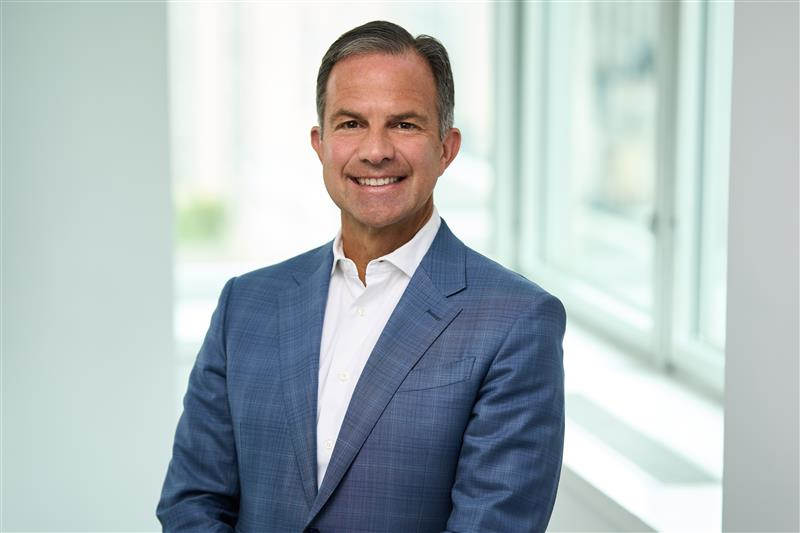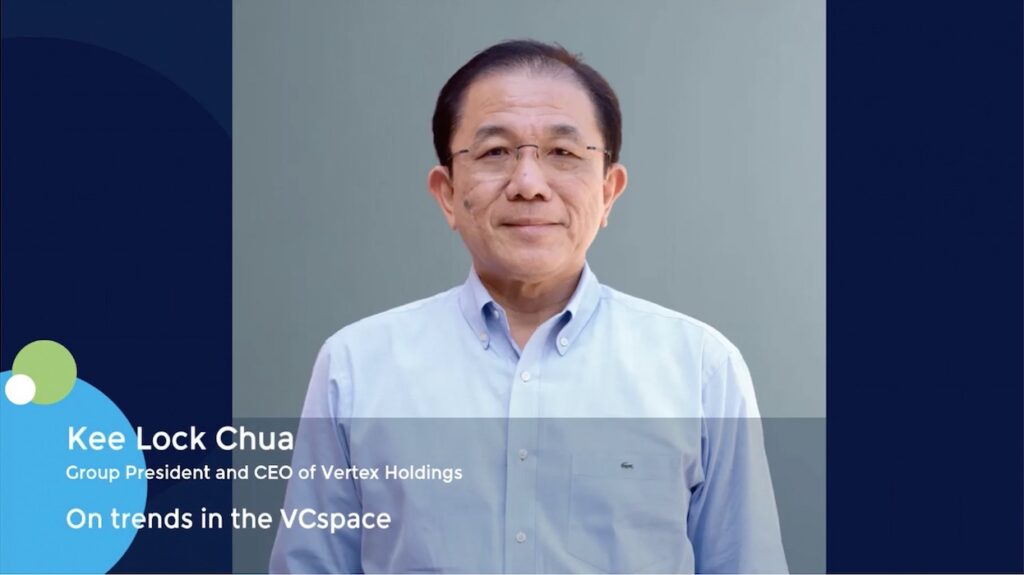OceanSound leverages conveyor belt approach on government tech opportunity – GP Profile
- Fund II 65% deployed; Fund III expected to launch in 2026
- Typical targets are tech or tech-enabled companies with EV of USD 100m-USD 750
- Two realizations from Fund I to date through a recapitalization, continuation vehicle
In a world in geopolitical flux, marked by escalating tensions with China, the US government is spending heavily on hardware and software that can shield the country from potential threats. These efforts are fueling private equity investment in a range of mission-critical technologies.
“The US government and especially the DoD [Department of Defense] are thinking about how to adapt and transform to be more unpredictable and less targetable,” said Joe Benavides, managing partner and co-founder of OceanSound Partners. “We’re investing behind this trend, and we think a lot about the evolving ability of the US government to use technology to strengthen our defense posture.”

Joe Benavides, managing partner and co-founder of Oceansound Partners.
In this vein, OceanSound last month announced the acquisition of Antenna Research Associates (ARA), a producer of antennas and communication subsystems that claims numerous government customers, including the DoD. It is typical of the sponsor’s approach to defense technology, with Benavides citing the need for better networking connectivity to strengthen operational and tactical readiness.
With this deal, OceanSound’s second flagship fund is 65% deployed. The sponsor has invested aggressively. Fund II closed as recently as October on just under USD 1.5bn – exceeding the USD 1bn target and original USD 1.3bn hard cap – after just over one year in the market. Fund III is expected to launch in 2026.
ARA is also New York City-based OceanSound’s 10th platform investment since its inception in 2019. It writes initial equity checks of USD 150m-USD 350m for these transactions, focusing on companies with USD 100m-USD 750m in enterprise value (EV). Additional equity is often put in when there are add-on acquisitions.
Procurement play
Defense tech is one theme being pursued by Fund II as part of a broader mandate to invest in technology and tech-enabled businesses serving the government and highly regulated end-markets.
“The US economy is undergoing a massive transformation, where technology adoption is accelerating at an increasing rate to drive productivity improvements,” Benavides explained, noting that government procurement accounts for approximately 35% of US GDP, in terms of federal and state funding.
“If you add highly regulated industries to the mix, like infrastructure, utilities, and parts of healthcare and financial institutions, that takes you at two-thirds to 75% of GDP.”
Within this vast universe, another investment theme involves technology that helps US hospitals manage spiraling costs. In September, OceanSound acquired PAR Excellence Systems, a Cincinnati-based provider of supply chain management products to healthcare institutions.
“There’s a trillion-dollar cost management problem between labor and supplies in the hospital inventory industry,” said Benavides. “Hospitals desperately need to better manage these rapidly increasing costs through technology solutions in order to reallocate those savings to medical care.”
The tech-driven opportunity in government and highly regulated markets is familiar territory for Benavides as a veteran of Veritas Capital, a specialist in the field.
The conveyor belt
Benavides dislikes referring to the process of enabling businesses to operate more effectively in government-related markets as value creation. Rather, he emphasizes the importance of having an ownership mindset – “If you are the owner of a business versus an investor, you behave differently,” he said – and likens the portfolio company journey to a conveyer belt.
The first three years of OceanSound’s ownership are the most intensive. This is when the sponsor addresses the “foundational parts of a company,” such as talent, organizational structure, and business and financial systems. Proprietary software has been developed to drive transformation, and OceanSound retains three full-time software engineers.
Gannett Fleming, an infrastructure consulting business backed by Fund II in January 2023, is offered as an example of the conveyer belt approach. Once the foundational aspects were addressed, the Camp Hill, Pennsylvania-based company made three small bolt-on acquisitions and then completed a substantial merger this summer with Transystems, an industry peer from Kansas City.
“We transform our companies over the course of our hold period by organic changes, and then by the many opportunistic acquisitions that we make that build both value and specific capabilities,” said Benavides, adding that Gannett Fleming’s EBITDA has nearly quadrupled since OceanSound’s investment, with its EBITDA margins rising from 9% to 15%.
RMA, an infrastructure test and inspection business held in Fund I, has grown sixfold in three years via both organic growth and 15 add-on acquisitions. Lynx Software Technologies, a provider of critical technology to aerospace and defense customers, has made three add-ons since its acquisition in 2022. Revenue has increased fourfold since late 2022.
A private IPO
Fund I, which closed on USD 780m in early 2022, is already in realization mode. The two liquidity events to date have returned a majority of the principal to LPs, according to Benavides.
In October 2023 OceanSound completed the recapitalization of Gilbert, Arizona-based Kinective, a software business catering to the banking sector, and brought in TA Associates as a strategic investor. Seven months ago, OceanSound announced a USD 1.15bn single-asset continuation vehicle (CV) for the IT solutions business SMX, anchored by Apollo S3.
Both deals enabled the sponsor to provide liquidity to LPs while staying on to participate in expected future upside. SMX, for example, was acquired in the first quarter of 2020, just before the outbreak of the pandemic. The company – then known as Smartronix – was generating around USD 65m in annual revenue. By the time of the CV, this had grown to USD 1.3bn.
“We changed the management team, we changed the systems, we changed everything about the business under the leadership of our great CEO partner, Peter LaMontagne,” said Benavides.
LaMontagne, an industry veteran, became CEO in July 2020, according to a press release. With OceanSound’s backing, SMX has made five add-on acquisitions, including the purchase of software engineering and data analytics business Outside Analytics last fall.
OceanSound believed there was scope for further growth, given the largest companies in this space have 10x more revenue. After discussions with LPs, it determined a CV was a viable option. In addition to rolling over carried interest from Fund I, there was an equity commitment to the CV from Fund II.
SMX is now looking at further add-ons in areas like cloud-native engineering and enterprise planning, while European expansion could be on the horizon, LaMontagne told Mergermarket in a recent interview. The company also recently won a seven-year contract, worth USD 3.2bn, to work on the US Indo-Pacific Command.
Given its rapidly expanding scale, SMX is seen as a potential IPO candidate. In the meantime, from a structural perspective, the single-asset CV appealed to OceanSound in part because it facilitated the entry of new investors without needing to tap public markets.
“It’s a great tool to have in your toolkit,” said Benavides. “CVs function as private IPOs and that’s how we thought about it.”
Aiming for USD 10bn
Full exits from several portfolio companies are expected to come in 2026. Next year, OceanSound will focus on growing these businesses. The sponsor is also in hiring mode ahead of the Fund III investment cycle. It plans to increase the team by around 50% in the next 12-18 months, from over 40 currently.
Longer term, Benavides anticipates building a team of around 75 with a view to achieving assets under management (AUM) of over USD 10bn on closing Fund IV. It is hoped that, by then, Fund I will be completely exited and Fund II will have started generating realizations.
“We’re keeping it simple,” Benavides added. “The opportunity in the United States for us and our OceanSound process is very large, so we don’t need to look overseas for investments in the near future.”











